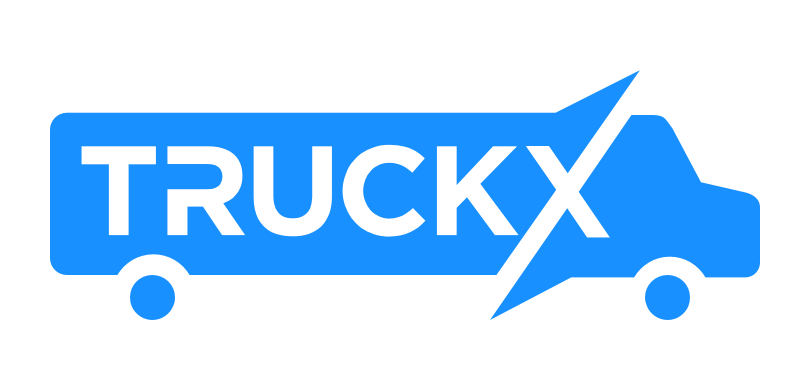Small fleets have nothing to do with the size of the vehicles but the number of vehicles in the fleet (well, duh!). Generally, fleets having 50 vehicles or less have been regarded as small. Some folks believe that can be extended to 100, according to a report by Geotab. By those definitions, as per MCMIS (Motor Carrier Management Information System), about 53,110 carriers were managing small fleets in the US in 2018, which accounted for 10% of the total market.
Now, although it may seem easier to manage small fleets, the truth is, they have their challenges when they strive to provide their customers with the best possible experience within budget constraints, as well as in overcoming the competition posed by larger fleets.
Let’s shed some light on these challenges along with suggesting effective ways to overcome the same.
Vehicle maintenance
Virus or no virus, it’s essential to maintain the vehicles at their optimum efficiency, as any damage can hamper schedules, increase expenses, drive up the costs of repair and even stall all operations.
What can you do?
You should create a proper schedule for regular maintenance and make the truckers aware of its benefits. If you have an automated system in place to monitor the status of the vehicle and provide the drivers with necessary alerts, you can get an edge over your competitors in this case.
Asset utilization
According to a report by Azuga, about 42% of fleet owners use only 5% of their assets, storing the rest. Such mishandling of assets adds to the costs of storage, as well as creates hassles like monitoring for thefts and other potential hazards, which can increase the financial load on your company. And of course, there’s the sunk cost of the assets to consider.
What can you do?
You should make the most of your assets to prevent them from gathering dust and draining your cash. You should also reduce the chances of asset theft by installing proper asset tracking and monitoring system and enhance the efficiency of asset utilization.
Telematics
Most of the small fleets are not easily monitored by the fleet owners or managers. Doing this manually is hard, time-consuming, and prone to errors in data collection and analysis, which can have far-reaching consequences for the company.
What can you do?
Using telematics technology, you can track your vehicles much better. This will help you manage the fuel efficiency of the vehicles, get an insight into fleet trends and operations, enhance the safety of the drivers, and reduce waste. With the help of telematics, you will find it easier to manage small fleets and relieve the manual load.
Fuel efficiency
Due to budget and other constraints, many small fleet owners tend to overlook fuel efficiency and its importance in managing operations. They follow instinctive and learned best practices while on the road but this is about better overall planning.
What can you do?
You can install an advanced system to track and monitor routes and vehicle and driver-wise fuel efficiency and provide notifications to the drivers, as and when deemed necessary. This can lead to reduced waste and help you cut down on your expenses to some extent. It can also help the fleet managers or their employees track the frequency of vehicle fueling and use that information to assess drivers’ efficiency as well.
Route optimization
For some vehicles, there’s a fixed route, while for others, it may change from time to time due to various factors, like traffic blocks, weather, and the condition of roads. In the latter case, it can get difficult and more expensive for the fleet manager if the routes are not mapped and optimized properly.
What can you do?
With proper route-mapping technology in place, the drivers can get up-to-the-minute alerts on their mobile phones about changes in route, as well as the details of the changed routes, thus preventing the chances of delays or worse, accidents.
Driver management
Another big challenge that most small fleet managers face is monitoring and enhancing their drivers’ performance. While the consistently poor performers should be removed from the job to prevent unforeseen and unfortunate accidents, the better-performing ones should be rewarded or incentivized.
What can you do?
Advanced ELDs and fleet management software can make it easier for the fleet owners to track the performance of their drivers and take necessary actions accordingly. You can also install dash cams in the vehicles to protect yourself (and them) from unfair lawsuits, in case of fraudulent practices on the road.
Inadequate training
Last but not the least, small fleet owners don’t have enough resources to invest in training and educating their drivers in the use of technology. Therefore, they are technologically-backward, which prevents them from making the most of the available options.
What can you do?
It is important to invest in drivers’ training and education. This will not only increase the loyalty factor from their side but also help you streamline your operations by integrating advanced technology that they can handle. Of course, modern tech solutions pride themselves on being easy to use anyway.
Small fleet owners can reduce the hurdles on their path to progress by making the most of the technological boom that is taking the trucking industry by storm. Numerous software and mobile apps have been developed to make trucking more convenient and easier to manage. If you’re a small fleet owner, it’s time to upgrade your business with the power of technology.
